Vegetables Category

Vegetables is a catch-all category that includes many of the edible parts of a plant, like stems, roots, flowers, tubers, and leaves. Some biological fruits that aren't very sweet, like tomatoes, squash, peppers, eggplants, and beans, are considered by cooks to be vegetables.
cauliflower mushroom
These are very flavorful, but a bit chewy. They're good fried, or in soups or stews. Select small, young-looking heads.
Learn morecayenne pepper - fresh
These are often used in Cajun recipes. Green cayennes appear in the summer, while hotter red cayennes come out in the fall. They are very hot.
Learn morecayenne pepper dried
These are very hot, bright red chilies. Recipes that call for cayenne pepper are likely referring to a ground powder that goes by the same name, or possibly to the fresh version of the pepper.
Learn moreceleriac
This underrated vegetable is a relative of celery that's been developed for its root, which has a pleasant celery flavor. It's popular in France and Northern Europe, where it's usually peeled and cooked in stews or grated and served raw. Many large supermarkets carry celeriac; select smallish roots that are heavy for their size.
Learn morecelery
Raw celery is flavorful and wonderfully crunchy, and it's a great vehicle for dips or fillings like peanut butter or cream cheese. Celery can also be sautéed and used to flavor soups, stews, and sauces. A bunch or stalk of celery consists of a dozen or so individual ribs, with the tender innermost ribs called the celery heart.
Learn moreceltuce
This is a kind of lettuce that's grown for its stalk, which can be peeled, sliced, and stir-fried. Look for it in Asian markets.
Learn moreCerignola olives
These sweet Italian olives are large enough to stuff. Black Cerignolas are softer than green Cerignolas.
Learn morechanar
The fruit and seeds of the chanar tree are edible. In Chile, it is ground up to make a sauce (arrope). It is similar to honey or molasses.
Learn morechanterelle
Chanterelles are a whole family of mushrooms, most of which are quite choice, but the name is most often applied to the golden chanterelle = yellow chanterelle. These yellow mushrooms are highly prized for their exquisite flavor, color, and texture. Other tasty chanterelle varieties include the yellow foot chanterelle, which is less meaty and less flavorful than other varieties, the black trumpet mushroom, and the white chanterelle, which is similar to the golden chanterelle, but lighter in color. Fresh chanterelles are best; dried or canned chanterelles are less flavorful and tend to have a rubbery texture
Learn morechayote
This mild-flavored squash looks like a wrinkled, pale green pear. It needs to be cooked before serving, and for a longer time than other summer squash. You should peel a chayote before cooking it, but don't take the seed out--it's edible and tasty. Cooked chayotes make good low-fat substitutes for avocados.
Learn morecherry pepper
Along with pepperoncini, this is a good pickling pepper. They are moderately hot, and range in color from orange to bright red.
Learn morecherry tomato
These are less than an inch in diameter, perfect for adding to salads or crudité platters, or grilling on skewers. There are both red and yellow varieties.
Learn morechia sprouts
These resemble alfalfa sprouts, and can be harvested right off that ceramic chia pet you got as a gift.
Learn morechicken-of-the-woods mushroom
This got its name because it has the texture of cooked chicken. You can sauté it or, if you want to make mock chicken, simmer it in chicken stock.
Learn moreChilcostle chili
This hard-to-find and moderately hot Mexican chili is used in soups, stews, tamales, and mole sauces. It imparts a yellowish color to dishes.
Learn morechile de árbol dried
Unlike many chilies, these remain bright red even after drying, so they're a favorite for making chili wreaths. They're very hot and somewhat acidic. Don't confuse the dried version with the fresh or powdered versions, which go by the same name.
Learn moreChilhuacle negro chile
This excellent Mexican chili is loaded with flavor but hard to find. It's used to make mole negro and bean dishes. It is moderately hot.
Learn moreChinese artichoke
These look a bit like caterpillars, and they taste like Jerusalem artichokes. They're popular in France but hard to find in the U.S. Your best bet would be an Asian market.
Learn moreChinese broccoli
Like rapini, Chinese broccoli has small stems and green heads (which actually are flowers) and lots of leaves. But Chinese broccoli is leafier and less bitter than rapini. It's a great vegetable to stir-fry, but you can also steam or boil it, as you would broccoli.
Learn moreChinese celery
This has a stronger flavor than ordinary celery, and it's often used in stir-fries and soups. Look for it in Asian markets.
Learn moreChinese eggplant
Compared to the familiar American eggplant, Chinese eggplants have thinner skins, a more delicate flavor, and not as many of the seeds that tend to make eggplants bitter.
Learn moreChinese spinach
This is similar to spinach, only it's prettier, tastier, and more nutritious. Look for it in Asian markets.
Learn morechipotle pepper
These dried and smoked jalapeño peppers lend a wonderful, complex flavor to sauces. They're usually rehydrated and canned in adobo sauce, but you can also buy them dried in cellophane bags. They are medium hot.
Learn morechoy sum
This is a general term in Chinese for the tender inner stalks and flowers of green vegetables. White choy sum usually refers to bok choy, while green choy sum refers to yau choy.
Learn morechrysanthemum leaves
This Asian potherb is used to flavor salads, soups, sukiyaki and other dishes. The leaves are usually blanched briefly to soften them and deepen their color, but young leaves can be served raw. Add them to cooked dishes at the last minute, as they become bitter if overcooked. Some people may have an alergic reaction to chrysanthemum leaves.
Learn morecipollini onion
These round, flat Italian onions are about one to two inches in diameter. They're available in the fall.
Learn moreclamshell mushroom
Varieties include the brown clamshell mushroom (left). This mushroom goes well with seafood or meats. Cook them before eating.
Learn morecloud ear mushroom
It's hard to find these fresh, but dried cloud ears are an excellent substitute. Reconstitute them by soaking or simmering them in lots of water for a few hours.
Learn morecollard greens
This is a favorite of Southern cooks, who often cook them with salt pork or smoked ham hocks. Frozen collards are an acceptable substitute for fresh.
Learn morecoriander root
Thai recipes sometimes call for these roots, but they're hard to find in markets. The best source is to pull out a cilantro plant in your garden, or you can use cilantro stems instead.
Learn more

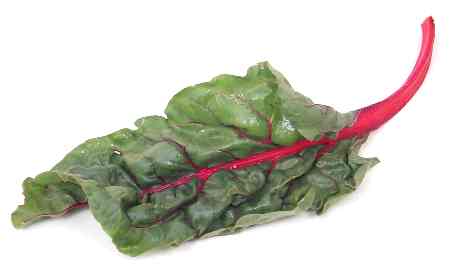

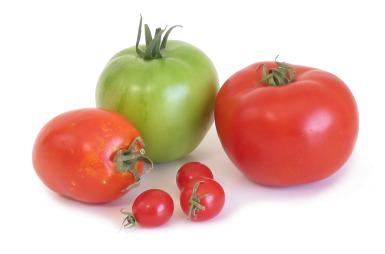
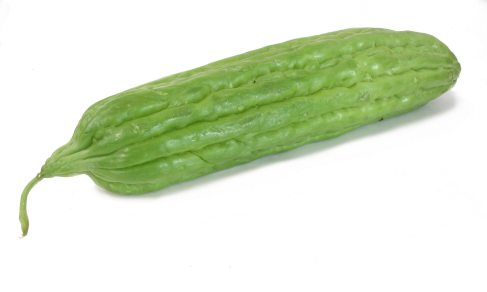

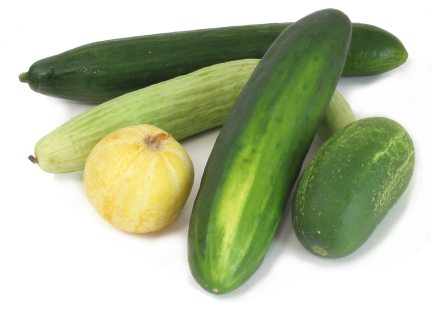


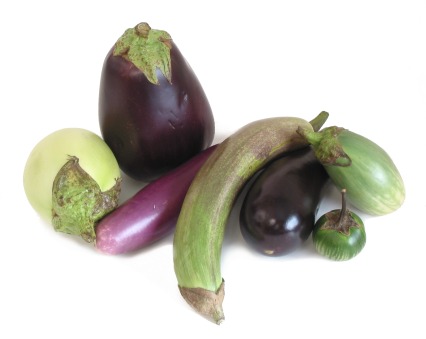
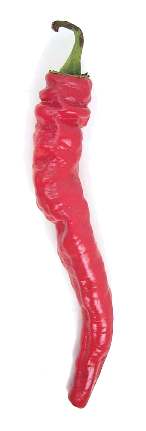

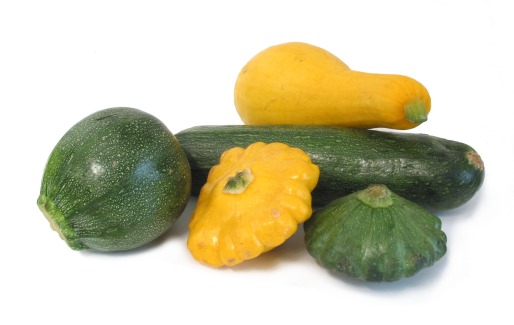
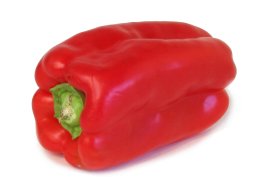
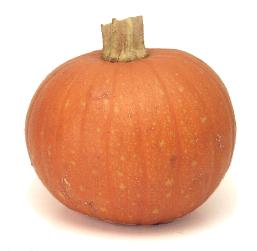
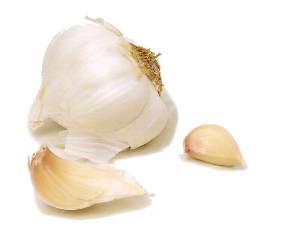

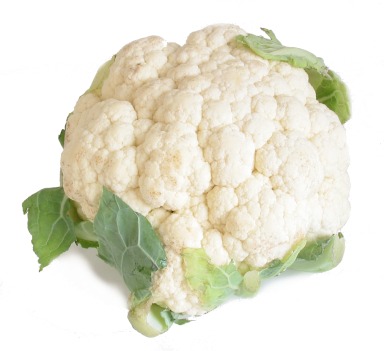
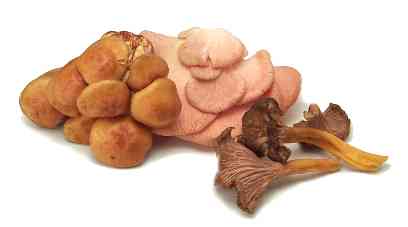
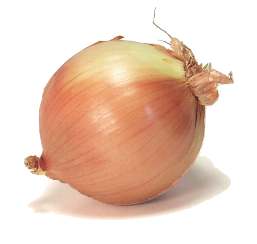


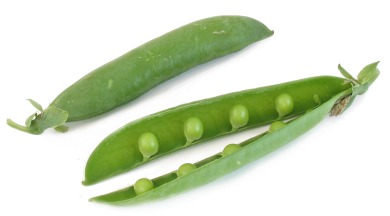
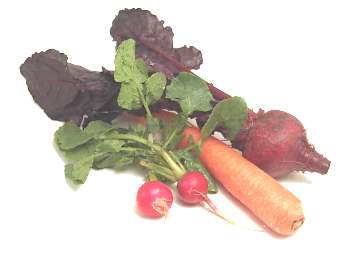
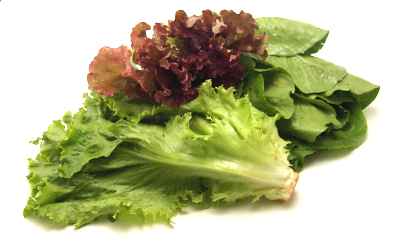
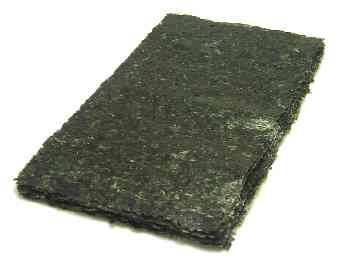
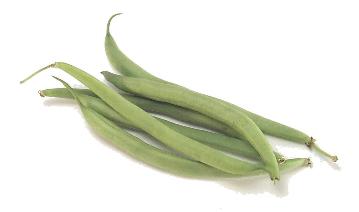
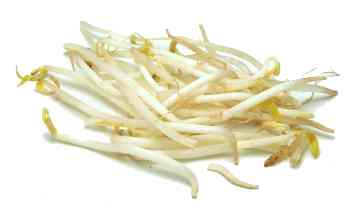

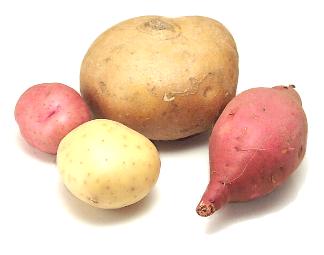
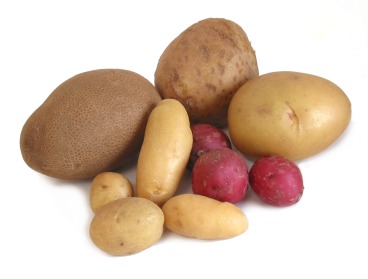












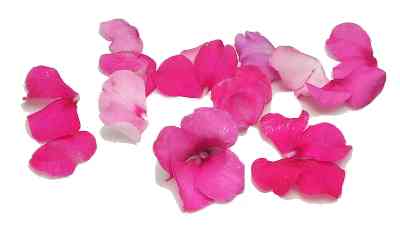

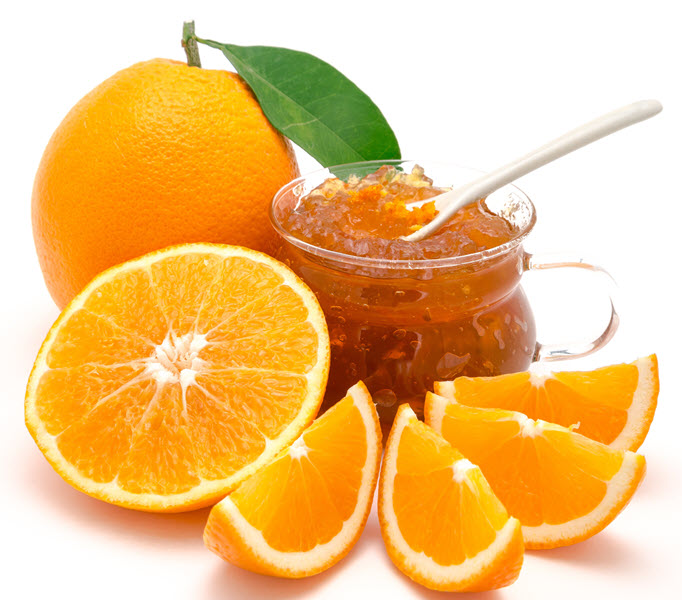





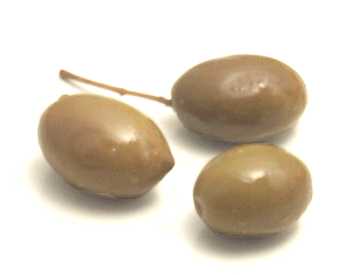
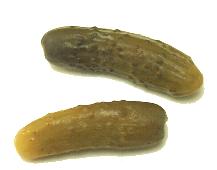












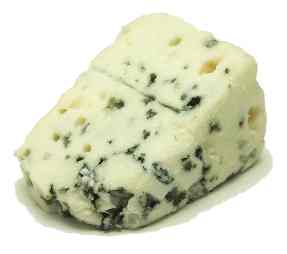
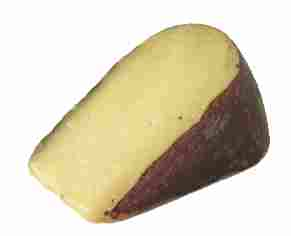


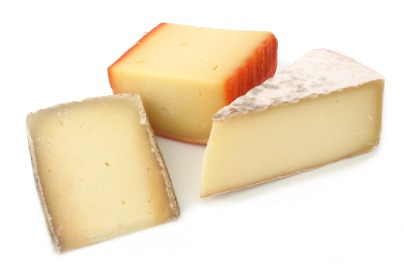












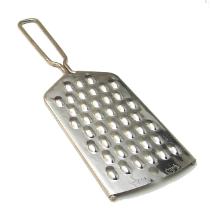


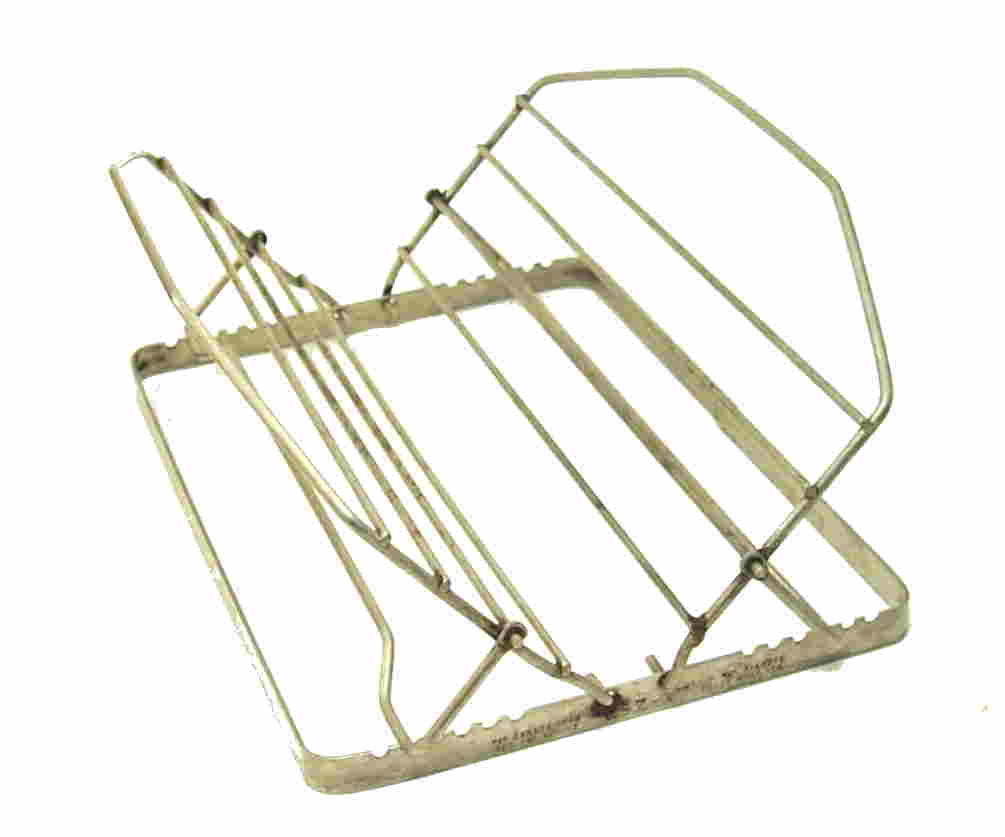

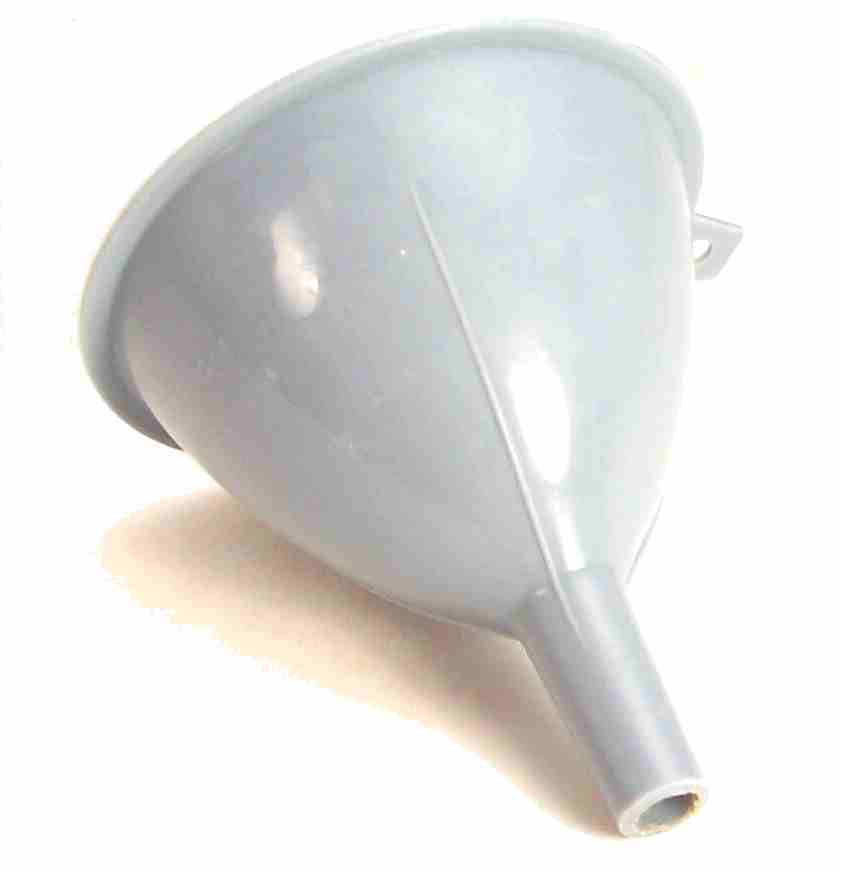













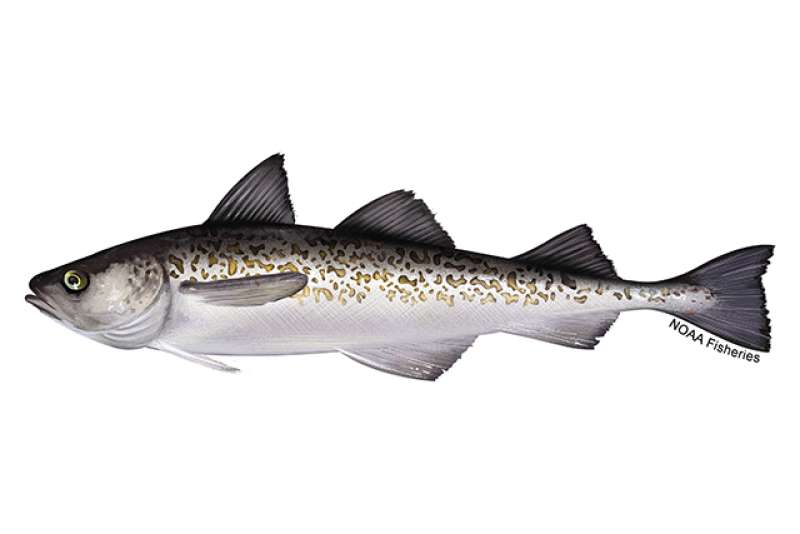




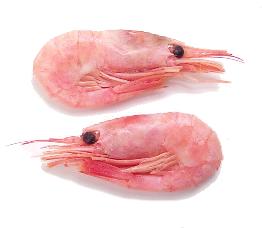






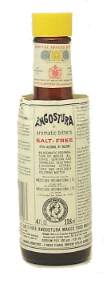


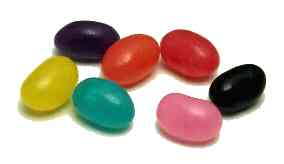




































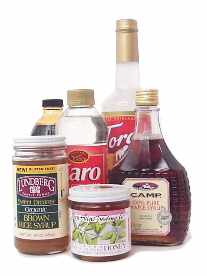



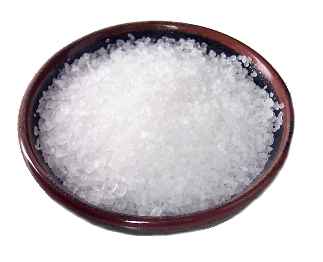












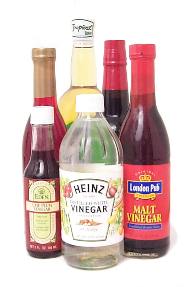




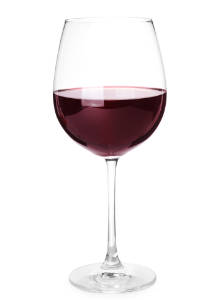








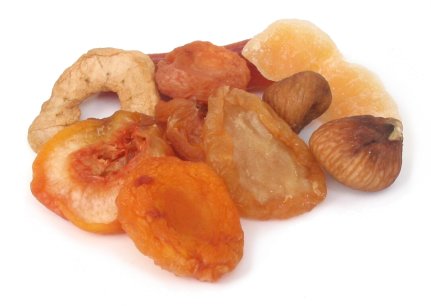




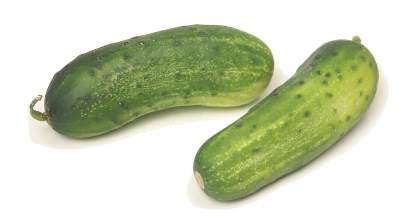







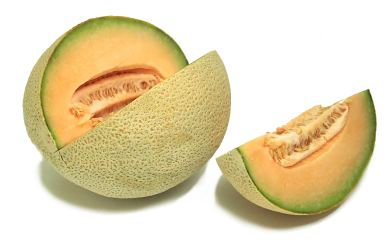
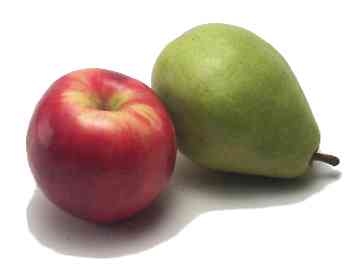
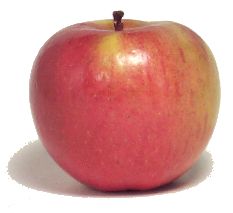

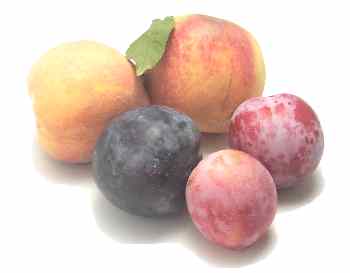


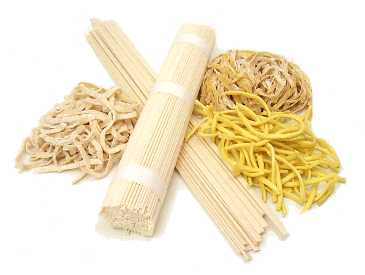




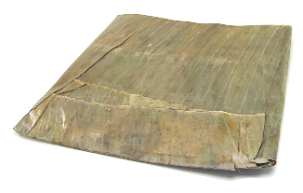




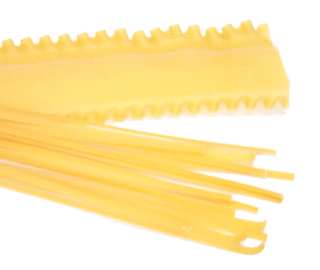
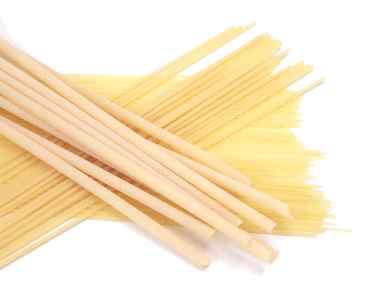
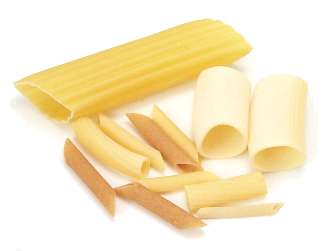






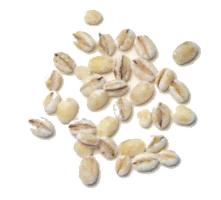


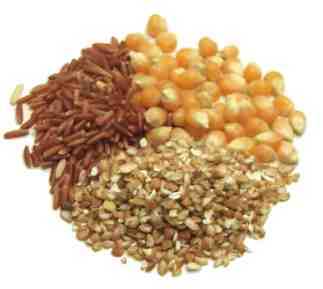









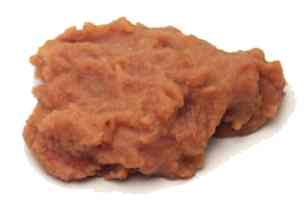
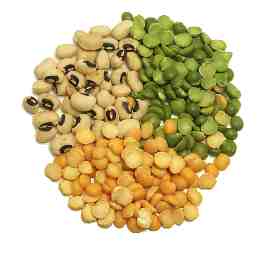



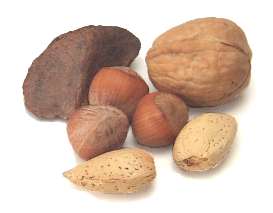


























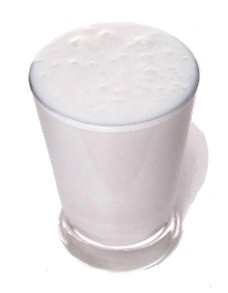







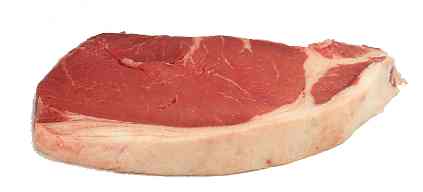
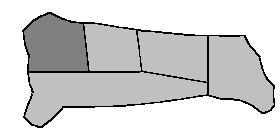









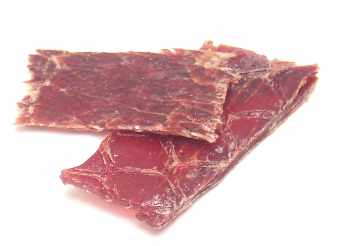


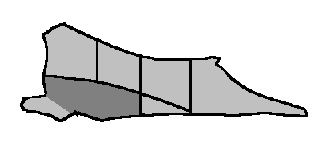
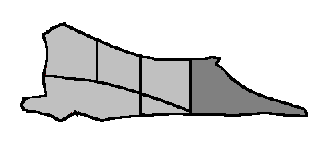

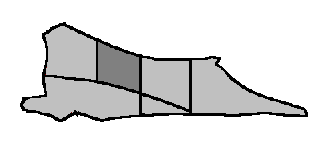

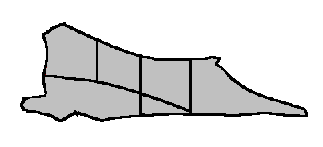



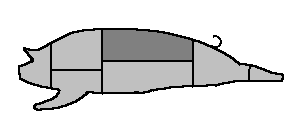
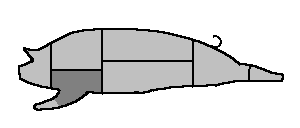
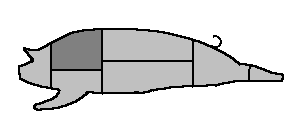


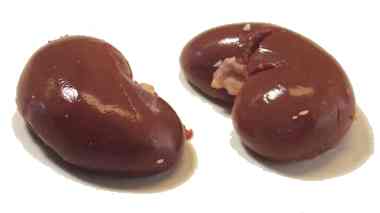




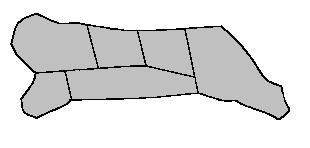
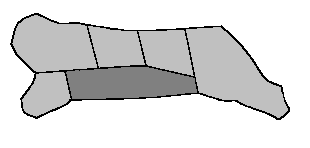

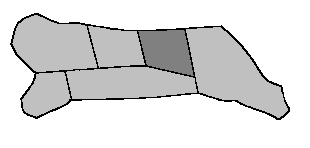

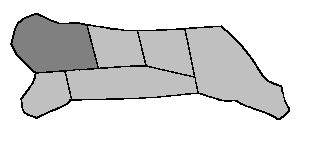






















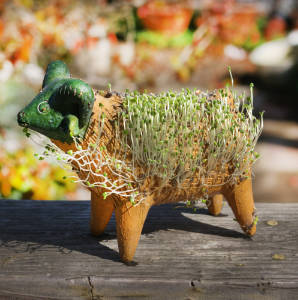













.jpg)







